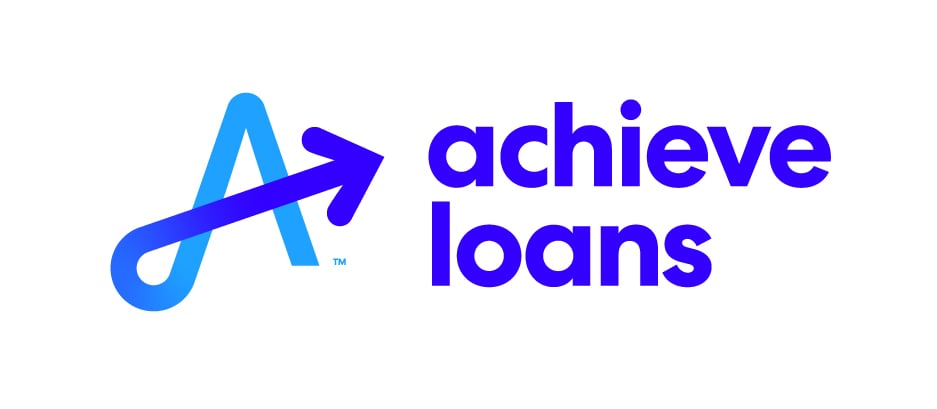How to Compare Solar Panel Quotes
Here are seven steps that can help you make sense of solar panel installation quotes.

Some or all of the mortgage lenders featured on our site are advertising partners of NerdWallet, but this does not influence our evaluations, lender star ratings or the order in which lenders are listed on the page. Our opinions are our own. Here is a list of our partners.
Table of Contents
Shopping for solar panels can be confusing, especially when trying to compare solar panel quotes. Solar panels are a big purchase ($23,885 on average, before tax credits), and one that will be with you for a long time. These seven steps can make comparing solar panel quotes easier.
1. Really know how much electricity you need
Solar installers might base their quotes on a measure of your average electricity use, but in the real world, your electricity needs are likely to fluctuate from month to month.
Look at your electric bill history, usually available online at your utility’s website. If your gas bill is combined with your electric bill, look at the portion of your bill that’s for electricity.
2. Review system sizes and designs
Sizing a solar system can be part science and part art, and solar companies are unlikely to arrive at exactly the same system size or number of solar panels for your home. For each quote, verify whether the estimated electricity production from your system meets or exceeds your monthly electricity needs. If system sizes vary widely in the quotes, ask the contractors about their sizing assumptions.
Do the quotes assume the same amount of available roof space?
Do the quotes assume you need to power an electric vehicle or heat pump heaters? You might want to size your system a bit larger now if you think you’ll need more panels later.
Do the quotes assume you will generate extra power to sell back to the grid?
Do the quotes assume you will also buy a solar battery?
If your utility’s net metering export credit is low for unused electricity you send back to the grid, your savings could be less if your solar system is too large.
Also, pay attention to the system designs. Consider where the contractors propose placing the panels on your roof as well as locating the conduit to them. You’ll be looking at your solar system for a while.
» MORE: How to detect solar scams
3. Find each quote’s cost per watt
The main thing to compare on solar quotes is the cost per watt. Don’t compare the total costs, because solar contractors are likely to propose slightly different sizes and financing options for your system. To compare apples to apples, compare the cash purchase cost per watt.
Fortunately, this is simple to do:
First, find the cash price for each quote. Solar quotes can be full of loans, leases, tax incentives and rebates. Focus on the cash price before incentives.
Next, determine the cost per watt. To find the cost per watt, divide the total preincentives cash price by the proposed system size. For example, if the quote’s preincentives cash price is $35,000 and the proposed system size is 11 kilowatts (kW) or 11,000 watts, you’ll divide $35,000 by 11,000 to get the cost per watt: $3.18.
4. Look at the fine print on the financing options
There are four main ways to get solar:
Buy a system for cash.
Get a loan to buy the system.
Lease the system instead of buying it.
Get a power purchase agreement (PPA) instead of leasing or buying.
Not all contractors offer all of these options, and the terms will vary. If you’re opting for these, you’ll want to compare the terms:
Loans: There are various types of loans you can use to pay for a solar system. If the installer is offering to help you get a loan, find out who the lender is (often it’s a third party working with the installer). Be sure to compare each lender’s interest rates, monthly payments, repayment terms and fees.
Leases and PPAs: In addition to comparing the monthly payments for leases and PPAs, see if your quotes include escalators, which act as scheduled increases in your monthly payment each year.
5. Compare the panel efficiency scores
Installers sell different brands of solar panels. Find out the exact makes and models in the quotes, because some solar panels are more efficient than others. The more efficient the solar panel, the less roof space it will take to generate the electricity you need. If you have ample roof space, you may not need to consider efficiency, so you can save money by getting less-efficient panels, which are cheaper. If your roof space is limited, it may make sense to spend a bit more.
» MORE: How to detect solar scams
6. Check to see which kind of inverter the installer is quoting
The inverter converts the sun’s rays from direct current (DC) to alternating current (AC) power that your home can use. Solar installers offer four main types of inverters.
String inverters, which connect multiple panels, are the cheapest type and they offer the simplest maintenance. They aren't as shade tolerant, so they’re best if your roof has full sun all day.
Microinverters, which attach to each panel, are generally more expensive than string inverters. They are a good option if you have any shading because if one or two panels are shaded at any time, the other panels will continue producing.
Power optimizers, which give a string inverter system a boost, are installed on the back of every solar panel. Adding expense to a string inverter system but cheaper than microinverters, they can provide a happy medium.
Hybrid inverters, also more expensive than string inverters, convert and draw energy from a solar system and a battery and may be programmable, providing more operating options.
7. Compare the warranties
They’re not all the same. To ensure that the equipment in your system continues working as it should, compare the warranties in solar quotes.
Product warranties, which protect against manufacturer defects, typically offer 10 to 25 years of protection.
Power warranties or guarantees, which guarantee that your solar panels will maintain a specified percentage of electric power production during the warranty period, often run for 25 years.
Workmanship warranties, which protect against damage during the installation process (especially to your roof), may cover five to 25 years.
Getting help
If you need help comparing solar quotes, contact the nonprofit Solar United Neighbors. The organization’s Solar Help Desk can answer questions about going solar and will provide feedback on your solar proposals.
Can I get financing for a solar panel system?
In addition to tax incentives and rebates, there are options available. Many solar installers offer financing, but you may also be able to finance your solar investment through a home equity loan or home equity line of credit (HELOC). These options may have lower interest rates than financing with an installer, future opportunities for refinancing and possible tax benefits.
Home equity loans and HELOCs are ways to borrow against the value of your home, converting equity into cash. With a home equity loan, you receive a lump-sum payment and then pay it back at a fixed interest rate over an agreed period of time, typically from five to 30 years. HELOCs are more akin to a credit card, something you use as needed. You’ll usually have 10 years to draw from the line of credit, during which time you only have to pay interest, and after that you pay both the principal and interest. HELOC interest rates typically are variable, meaning your monthly payment could rise or fall over time. And with each of these options, you're using your home as collateral.
Another option is a solar loan. Many banks, credit unions and online lenders offer these to fund solar panels and installation, with amounts typically from $1,000 to $100,000, and annual percentage rates ranging from 6% to 36%. They function like a personal loan: you receive a lump sum and repay it in equal monthly installments over a set period, typically two to seven years. And unlike with home equity financing, there is no collateral required for a solar loan. This means your home or solar panels aren’t at risk if you miss payments, but you may have to pay late fees.
So, yes, you likely can get financing. If you go this route, compare interest rates, terms and fees with any financing package that a solar provider may offer you to ensure you get the best deal.










